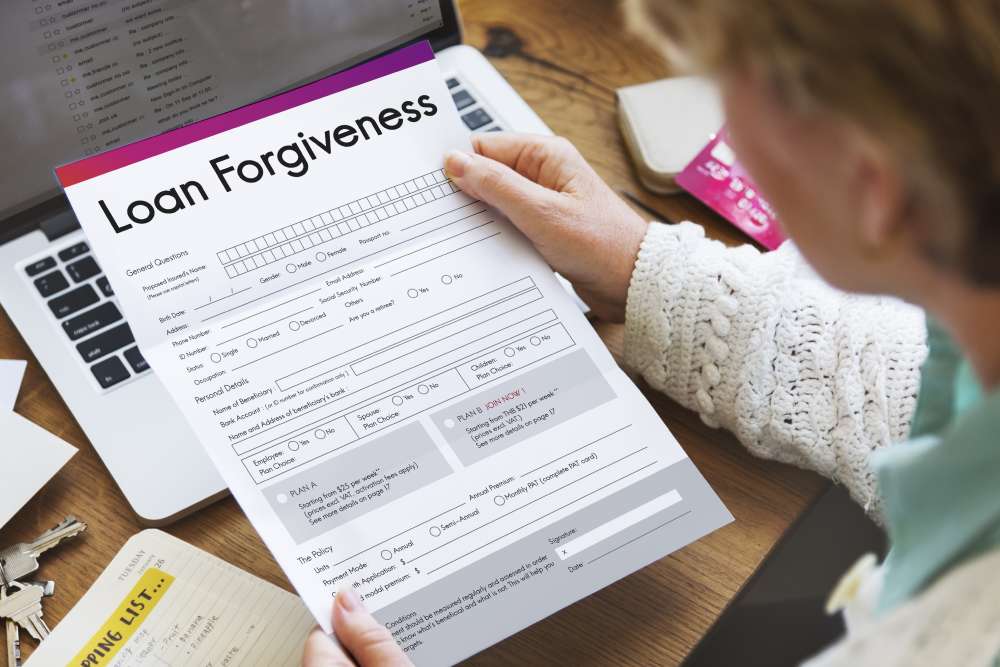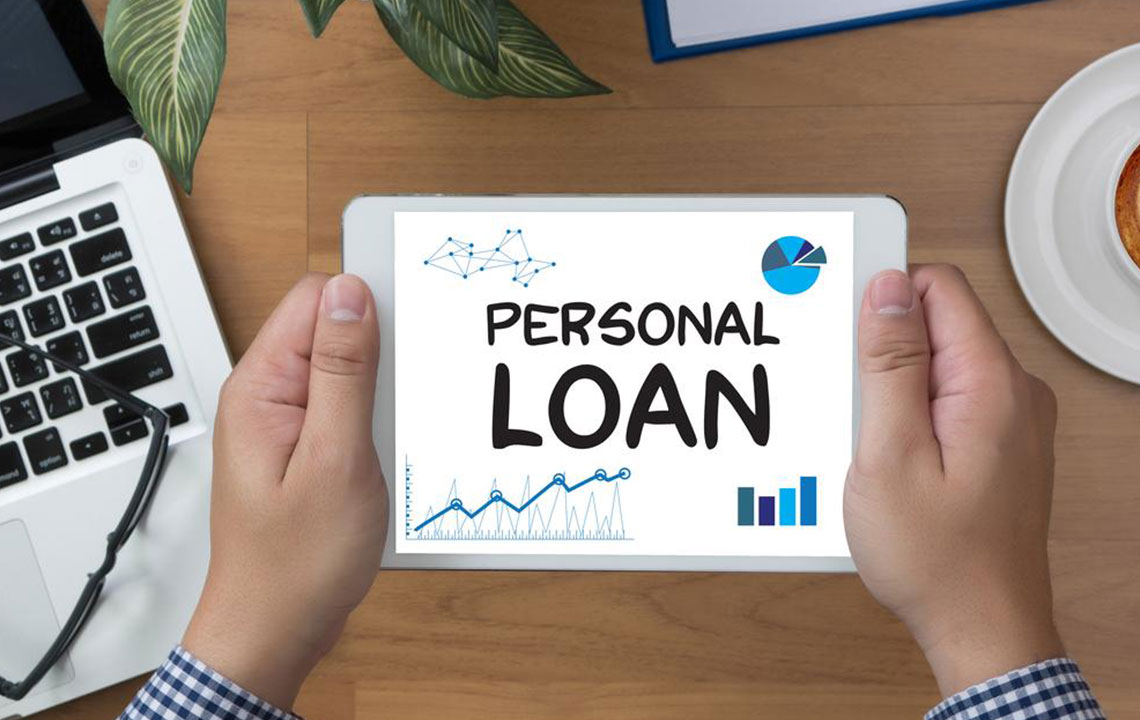Comprehensive Guide to Federal Student Loan Forgiveness: Eligibility Criteria and Step-by-Step Application Process
Discover comprehensive insights into federal student loan forgiveness, including eligibility requirements, employment criteria, repayment plans, and step-by-step guidance on how to apply. Learn how to navigate these programs, avoid common pitfalls, and leverage opportunities to significantly reduce or eliminate student debt, achieving greater financial stability and peace of mind.

Comprehensive Guide to Federal Student Loan Forgiveness: Eligibility Criteria and Step-by-Step Application Process
Navigating the complex landscape of federal student loan forgiveness can significantly ease the burden of debt for many borrowers. These programs serve as vital tools that offer financial relief by eliminating or reducing outstanding student loan balances. Designed to support various professions, income levels, and repayment strategies, federal student loan forgiveness programs aim to make higher education more accessible and manageable. Understanding the eligibility requirements and the application process is crucial to take full advantage of these opportunities, which can sometimes mean the difference between financial stability and ongoing debt stress.
Who Qualifies for Federal Student Loan Forgiveness
Determining eligibility for student loan forgiveness involves analyzing several key factors, including a borrower’s employment history, the type of loans they possess, and their adherence to repayment obligations. Most federal forgiveness programs are intended for loans issued directly by the federal government; privately-held loans generally do not qualify unless they are consolidated into federal programs. Borrowers should verify their loan types and repayment status carefully, as not all loans or repayment plans are eligible for forgiving or canceling debt.
The Department of Education maintains detailed records and guidelines regarding federal loan forgiveness. Private student loans, by contrast, are typically excluded from these programs, so borrowers with private debt must explore alternative debt relief options.
How Repayment Plans Affect Forgiveness Eligibility
Repayment plans that are income-driven have a significant impact on a borrower's eligibility for forgiveness programs. These plans, which include Income-Based Repayment (IBR), Pay As You Earn (PAYE), and Revised Pay As You Earn (REPAYE), tailor monthly payments according to the borrower’s income and family size. By doing so, they make student loan management more feasible while also paving the way toward eventual loan forgiveness. Borrowers on these plans also typically need to make a specific number of qualifying payments—often 120 payments for Public Service Loan Forgiveness (PSLF)—made consistently and on time. Missing payments or making late payments can jeopardize eligibility, so meticulous recordkeeping and organization are essential throughout the process.
Employment Criteria for Loan Forgiveness
Eligibility often hinges on the type and nature of employment. Most forgiveness programs require borrowers to be employed full-time with eligible employers, which usually include government agencies at federal, state, or local levels, and certain non-profit organizations providing public services. It’s the employer's classification, not job title, that matters. Working for a recognized qualifying employer is a central criterion for many forgiveness programs, especially PSLF. Verification through employment certification forms or other official documentation is essential to substantiate eligibility.
Dealing with Defaulted Loans
If a borrower has defaulted on their student loans—meaning they missed payments for over 270 days—they are generally ineligible for forgiveness until they undertake steps to rehabilitate or consolidate their loans. Defaulting can severely impact credit scores and result in collection actions. Rehabilitating loans involves making a series of consistent payments, typically nine payments over ten months, to restore good standing. Alternatively, consolidating loans can help qualify for forgiveness programs if eligibility was previously lost. Reaching out to loan servicers for guidance on rehabilitation or consolidation is critical for borrowers aspiring to recover eligibility for forgiveness benefits.
Annual Certification and Documentation Requirements
Many forgiveness programs mandate annual updates to verify employment, income, or other eligibility criteria. For example, the PSLF program requires borrowers to submit an Employment Certification Form annually or when changing jobs to confirm continued employment with qualifying employers. Maintaining detailed records of payments, employment, and income verification ensures continuous eligibility and prevents delays or disqualification due to missing documentation. Staying proactive and organized throughout the repayment and forgiveness process can expedite approval and maximize benefits.
Additional eligibility considerations include:
Disability discharge programs, such as Total and Permanent Disability (TPD) discharge, provide forgiveness for borrowers with severe disabilities that prevent employment.
Closed School Discharges are available if a borrower’s school closed while they were enrolled or shortly after graduation, effectively discharging remaining loan balances.
Borrower Defense to Repayment can offer relief if a borrower was defrauded or misled by their institution, qualifying them for loan forgiveness based on institutional misconduct.
How to Apply for Federal Student Loan Forgiveness
The application process varies depending on the specific forgiveness program but generally involves several common steps. First, borrowers should identify the program best suited to their circumstances—whether PSLF, income-driven forgiveness, or other special relief options. Next, they need to verify their eligibility on federal websites like student aid.gov, where loan data and program criteria are accessible. Gathering and submitting all required documentation—such as employment certifications, income statements, or disability proof—is essential. Remaining organized throughout the process can significantly facilitate timely approval.
Step-by-step Application Procedure
Research and understand the various forgiveness options available, including PSLF, Teacher Loan Forgiveness, and Income-Driven Repayment (IDR) forgiveness programs.
Review your loan details on federal student aid websites to determine your eligibility and identify necessary documentation.
Coordinate with your loan servicer to clarify application requirements and submit all documentation promptly.
Maintain copies of all forms and track your application’s status regularly to ensure smooth processing and follow-up as needed.
In summary, federal student loan forgiveness programs offer vital relief for borrowers meeting specific criteria related to employment, repayment history, and loan type. Staying informed, organized, and proactive empowers borrowers to navigate the application process effectively, ultimately reducing their debt burden and paving the way toward financial stability. For those eligible, these programs can transform the burden of student loans into manageable repayments or complete forgiveness, enabling a brighter financial future.





